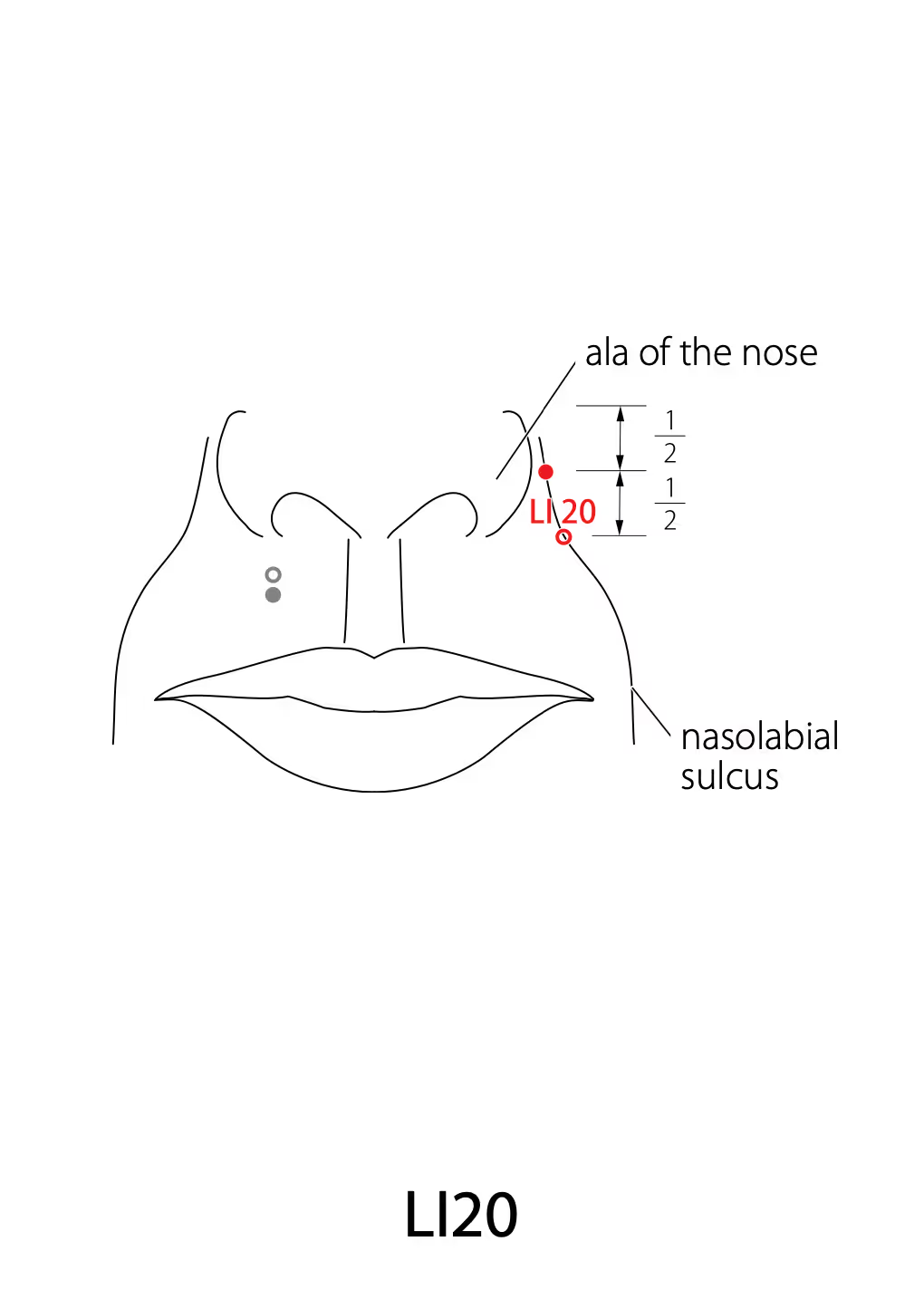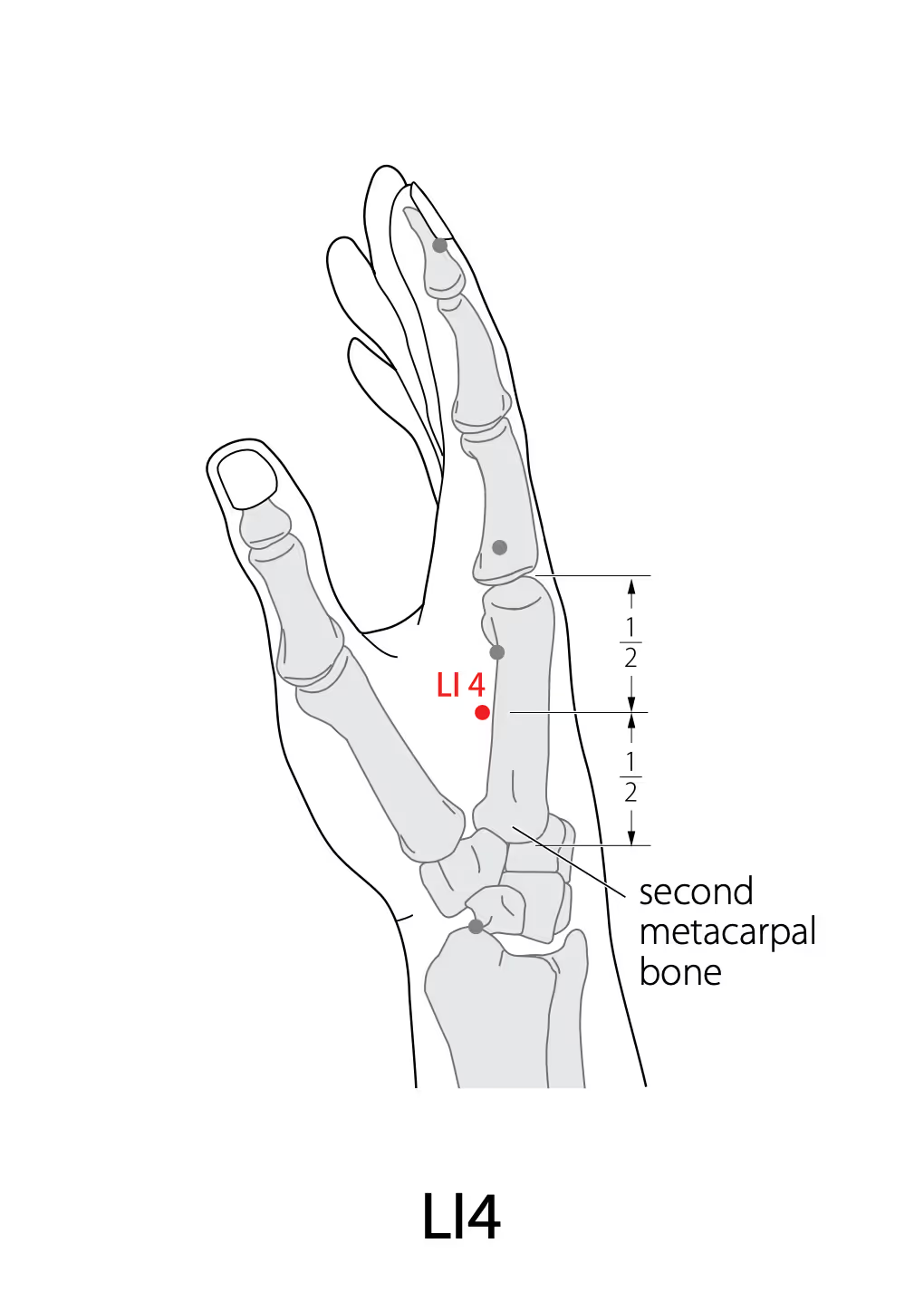Anosmia
Your day begins, but the rich aroma of brewing coffee doesn't greet you. Food has lost its joy; meals taste bland and unappealing without the sense of smell to give them depth and character. There's a subtle, unnerving feeling of vulnerability—you worry you might not smell smoke from a fire, a gas leak, or food that has spoiled. Cherished memories once triggered by a familiar scent, like freshly cut grass or a loved one's perfume, now feel distant. The world feels less vibrant, less immediate, and less safe.

Post-Viral Damage
Infections like the common cold, influenza, or COVID-19 can cause inflammation that damages the delicate olfactory nerves responsible for transmitting scent signals to your brain.
Nasal and Sinus Obstruction
Chronic sinusitis, allergies, or the growth of nasal polyps can physically block the nasal passages, preventing aromatic molecules from ever reaching the olfactory receptors.
Neurological Issues or Head Trauma
A significant injury to the head can sever or damage the olfactory nerves. Certain neurological conditions can also interfere with the brain's ability to process and interpret smells correctly.
Mapping your pain to its source
Losing your sense of smell, or anosmia, can feel like the world has lost its color. In Traditional Chinese Medicine (TCM), the nose is the "orifice" of the Lungs, meaning a healthy sense of smell depends on the free and open flow of Lung Qi. When this connection is blocked, either by an external invader or an internal imbalance, your ability to perceive scents is lost. Our goal is to identify and clear that obstruction, reopening the pathway so you can experience the rich tapestry of aromas around you once again.
Wind-Pathogen Invading the Lungs
This is the TCM explanation for a loss of smell following a cold or flu. An external "Wind-Cold" or "Wind-Heat" pathogen attacks the body and obstructs the Lung's Qi, causing congestion and blocking the nasal passages. This is often acute and accompanied by other cold/flu symptoms.
Damp-Heat Obstructing the Orifices
This pattern often corresponds to chronic sinusitis. "Damp-Heat" creates thick, sticky phlegm that clogs the sinuses and obstructs the sense of smell. This is often accompanied by a feeling of heaviness in the head, facial pressure, and thick, colored nasal discharge.
Lung and Spleen Qi Deficiency
If the loss of smell is gradual, persistent, and accompanied by fatigue, a weak voice, poor appetite, and overall low energy, it points to an underlying weakness. The Lungs lack the energy to open to the nose, and the Spleen (which governs digestion and energy production) fails to generate enough Qi to support the Lung's function. This is a common pattern in chronic or long-term anosmia treatment.

Lifestyle & Diet Tips
Open the Passages, Fortify Your Defenses.
Aromatic Steam Inhalations
Gently inhale steam from a bowl of hot water infused with a few drops of aromatic essential oils like eucalyptus, peppermint, or tea tree. In TCM, aromatic substances are prized for their ability to penetrate and open the orifices.
Strengthen Your Core Qi
Focus on warm, cooked, and easily digestible foods. Soups, stews, and congee (rice porridge) are excellent for building the energy of the Lungs and Spleen. Avoid foods that are heavy and difficult to digest.
Magnolia Flower Tea
This traditional herb is famous in TCM for unblocking the nasal passages. Sipping a tea made from magnolia flower buds can be a beneficial natural remedy for anosmia caused by congestion.
What you should avoid
Preserve Your Clarity, Protect Your Flow.
Excessive Sugar and Sweets
Sugar weakens the Spleen's digestive function, which in turn contributes to the formation of more Dampness and Phlegm in the body.
Cold and Raw Foods
Icy drinks, salads, and raw fruits can injure the "Yang Qi" (warming energy) of your digestive system, making it harder to resolve phlegm and leaving you more vulnerable to external pathogens.
Exposure to Wind and Cold
Always protect your head and neck from drafts, wind, and cold air. In TCM, "Wind" is the primary carrier of external pathogens that can attack the Lung system and trigger nasal issues.
Know your condition to precisely relieve your pain at home.
Find out your body pattern in few minutes - which is essential for every TCM practitioner.
Your TCM advice, diagnosis and treatment plan
Take Assessment
Know your body pattern with our online assessment
Consult a TCM practitioner online
Talk to a practitioner via online consultation
Visit a TCM clinic offline
Receive full diagnosis at a local clinic
Get a personalized treatment
Get tailored treatment plan at the TCM clinic
Schedule an appointment now.
Talk to a TCM practitioner online at your convenience - no commute, no clinic wait.!
Anosmia FAQs
What people like you are asking about anosmia and its treatments
While Western medicine often looks for a direct physical cause in the nasal cavity or nerves, TCM takes a broader, more holistic view. In TCM, the ability to smell is directly connected to the health of the Lung organ system. Think of the Lungs as the "master of Qi" (your body's vital energy) and the nose as the gateway to the Lungs. If the flow of Qi to this gateway is blocked or the Lung system itself is weakened, your sense of smell can be impaired.
According to TCM, loss of smell can stem from several patterns. Often, it begins with an external factor, what we call a "Wind-Cold" or "Wind-Heat" invasion, which is similar to how we think of the common cold, flu, or a sinus infection. A "Wind-Cold" pattern might involve a stuffy or runny nose with clear discharge, while a "Wind-Heat" pattern often presents with thicker, yellow discharge and a feeling of heat. Even after the initial sickness is gone, these factors can leave behind a lingering blockage (like "Dampness" or "Phlegm") or a weakness in the Lung's energy (Lung Qi Deficiency), leading to a chronic loss of smell.
Yes, this is a very common scenario. From a TCM perspective, an illness can disrupt the body's balance and deplete its resources. Even when you feel "recovered," the pathways to the nose may remain obstructed, or the Lung Qi may not have fully regained its strength to properly govern the sense of smell. TCM treatments focus on clearing these residual blockages and gently strengthening the body's systems to restore normal function, which is why it can be effective for chronic or post-viral conditions.
Think of your body's energy, or Qi, as flowing through a network of pathways called meridians, similar to how electricity flows through circuits in a house. Anosmia is seen as a "power outage" in the circuit that supplies the nose. Acupuncture involves placing very fine needles at specific points along these meridians to clear obstructions and encourage the smooth flow of Qi and Blood. This helps to "turn the power back on" to the nasal passages, nourishing the area and restoring its function.
Generally, TCM can be an excellent complementary therapy. Many people find that acupuncture and herbal medicine not only help with their primary complaint but also improve overall well-being, which can sometimes have a positive effect on chronic pain and stress. However, it is crucial that you communicate openly with all your healthcare providers. Always inform your primary doctor about any TCM treatments you're considering, and let your TCM practitioner know about all medications and treatments you are currently receiving to ensure a safe, coordinated, and effective care plan.

